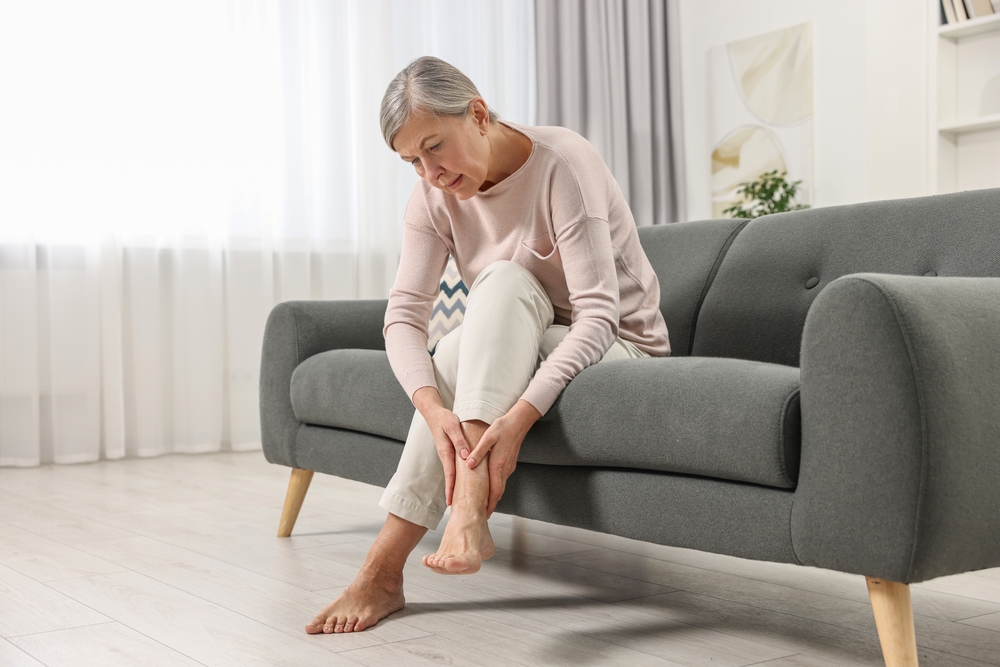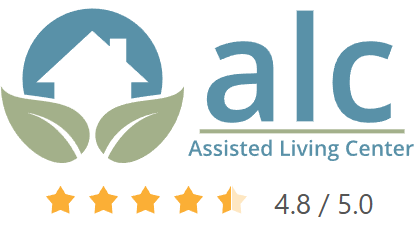
Chronic pain, defined as pain lasting longer than 12 weeks, is a significant concern for many seniors. It can impact mobility, sleep, mood, and overall quality of life. While it’s a common issue, it’s not an inevitable part of aging, especially if you rely on professional home care in Los Angeles for help. Understanding the causes and exploring various management strategies can empower seniors to find relief and regain control of their lives.
What is the most common cause of chronic pain in older adults?

Arthritis, a condition characterized by inflammation and wear-and-tear of the joints, is the leading cause of chronic pain in seniors. Osteoarthritis, the most common type, typically affects weight-bearing joints like the knees, hips, and spine. However, other conditions like fibromyalgia, neuropathy (nerve damage), and back problems also contribute significantly to chronic pain in the elderly population.
How to manage chronic pain in the elderly?
Managing chronic pain in seniors requires a multi-faceted approach that addresses both the physical and emotional aspects of the condition. Here are some key strategies:
- Medical evaluation and treatment: It’s crucial for seniors experiencing chronic pain to consult with their doctor to determine the underlying cause and discuss appropriate treatment options. This may include medications, physical therapy, or other interventions.
- Physical activity and exercise: While it might seem counterintuitive, staying active can be a powerful tool for managing chronic pain. Low-impact exercises like walking, swimming, or tai chi can improve strength, flexibility, and range of motion, which can alleviate pain and stiffness.
- Physical therapy: A physical therapist can design a personalized exercise program to address specific pain areas and improve mobility. They can also teach techniques for managing pain, such as stretching and relaxation exercises.
- Hot and cold therapy: Applying heat (e.g., warm baths, heating pads) can relax muscles and improve blood flow, while cold therapy (e.g., ice packs) can reduce inflammation and numb pain.
- Mind-body techniques: Practices like yoga, meditation, and deep breathing exercises can help manage pain by reducing stress, promoting relaxation, and improving coping mechanisms.
- Alternative therapies: Some seniors find relief through complementary therapies like acupuncture, massage therapy, or chiropractic care.
- Emotional support: Chronic pain can take a toll on mental health, so seeking emotional support through counseling or support groups can be beneficial.
It’s important to note that pain management is highly individual, and what works for one person may not work for another. It often involves a combination of approaches and ongoing adjustments based on individual needs and responses.
If they work closely with healthcare providers and explore various strategies, seniors can find effective ways to manage chronic pain, improve their quality of life, and rediscover the joy of movement and activity. They can even become encouraged to try out different interesting activities like music therapy or relaxing aqua therapy, which could remind them how valuable lifelong learning and new experiences are.
How can I find dependable home care in Los Angeles and the surrounding area?

If chronic pain is making daily tasks a challenge for you or a loved one, remember that you don’t have to navigate this journey alone. At A Better Way In Home Care, we understand the unique needs of seniors facing chronic pain. Our compassionate team specializes in connecting seniors with experienced caregivers who can provide personalized support and assistance in the comfort of their own homes.
Whether it’s help with daily activities, transportation to medical appointments, or simply a comforting presence, the caregivers in our database are dedicated to improving the quality of life for seniors with chronic pain. Let us help you find the right caregiver to meet your or your elderly loved one’s specific needs and preferences.
Whether you live close to the Griffith Observatory or in the center of Los Angeles, we’re here to help. Contact us today to learn more about our services and how we can support you on your path to pain relief and well-being.









